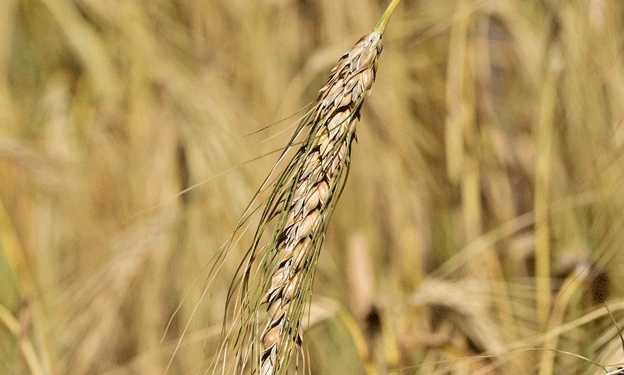Russia’s 2025 wheat harvest forecast has been significantly downgraded by 3 million tons, according to the latest data from the SovEcon Analytical Center. The updated estimate puts the total wheat production at 78.7 million tons, the lowest level since 2021 when Russia harvested 76 million tons of wheat. In comparison, the five-year average for wheat production is 88.2 million tons.
This downward revision is primarily due to lower expectations for winter wheat, which makes up a significant portion of Russia’s annual wheat output. The forecast for winter wheat has been reduced to 50.7 million tons, a 3.6 million ton decrease from previous predictions. This is largely due to lower yields, now estimated at 34 quintals per hectare (q/ha), down from 35 q/ha in the earlier forecast. Additionally, the harvest area for winter wheat has been cut from 15.4 million hectares to 14.9 million hectares, as higher losses from winterkill are expected.
On a more positive note, the forecast for spring wheat has been slightly increased, now projected to reach 27.9 million tons, thanks to an expected rise in the area dedicated to spring wheat, which is anticipated to increase from 13 million hectares to 13.3 million hectares.
Regional Climate Concerns and Uncertainty
The main factors contributing to the decrease in the winter wheat forecast are unfavorable weather conditions during the planting season. According to Rosgidromet, the proportion of winter wheat crops in poor condition is alarmingly high, reaching 37%—a record for the country. Despite these concerns, experts like Dmitry Rylko, General Director of the Institute for Agricultural Market Conditions (IKAR), remain cautiously optimistic. He notes that if winter weather conditions improve, even those crops in poor condition could recover and yield a decent harvest.
This uncertainty around winter wheat means that there is a wide range of possible outcomes for Russia’s wheat harvest. IKAR has left open the possibility that, under favorable conditions, Russia could still produce up to 84 million tons of wheat. However, the forecasted range of potential harvests remains large, with pessimistic projections indicating a harvest below 80 million tons—still better than last year’s harvest but lower than expected.
The Impact on Russia’s Wheat Market
The revised wheat forecast for 2025 could have significant implications for both Russian farmers and global grain markets. If the forecast holds, Russia will be facing its smallest wheat harvest in four years, potentially tightening wheat supplies in the global market. This could drive up wheat prices, particularly in regions that depend heavily on Russian wheat exports, such as Africa and the Middle East.
For farmers in Russia, the lower forecast could mean both challenges and opportunities. Farmers cultivating spring wheat may see higher demand, as the area for spring wheat is expanding, but winter wheat producers could face difficulties, especially if weather conditions remain unfavorable. Given the high uncertainty surrounding winter wheat, farmers will need to be prepared for a range of outcomes, from poor yields to potentially stronger recovery if weather conditions improve.





